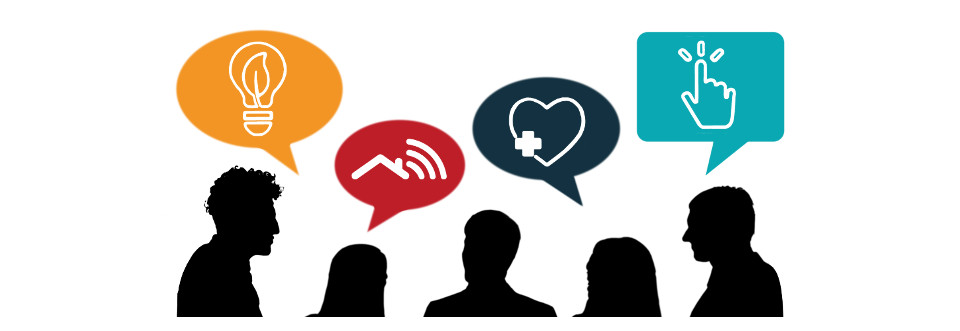Digital Transformation and Internet of Things can improve living environent and quality of life introducing solutions and services that make our homes, offices, neighborhoods and cities safer, healthier, more efficient and enjoyable!
But this promise of large scale change has not yet become reality.
The technology is already available and places that need quality-of-life improvement too. But, there is a lack of new solutions and new industry players able to provide rapid, effective results.
The importance of the IoT supply chain
Positioning the company to drive this change is not easy for any technology vendor. Why?
Because the new solutions could:
- be in conflict with the company’s current product portfolio, or require integration of new products and interfaces with existing ones
- require partnerships with companies that are competitors today
- bypass current sales channels
- demand skills that the company does not have internally today – for example the ability to manage / analyze the end customer (B2B2C, no longer just B2B) or to manage and exploit all the data and information generated by new applications (connectivity, privacy, user feedback, value-added services).
For now, vendors are monitoring the market and “studying” each other. Getting it wrong might be costly – but standing still might be even worse.
Behind every solution there is a supply chain from technology provider to end user that includes providors of connectivity, data services, integration, resale and local support.
So why not try to implement these new solutions together – sharing opportunities and investments while limiting risks?
The role of the end user
This revolution should be guided by the end user, but understanding the opportunities available and making decisions is not easy.
One way to solve this problem of uncertainty is to make the solutions available as-a-service, perhaps renewable on a monthly basis. This would allow the user to try out the solutions in their own environment and provide valuable, instant feedback to the partners behind that solution. With just a few quick and inexpensive test cycles, made with a sample panel of users it would be possible to modify solutions and business models where needed, before moving on to large scale implementation.
The importance of the ecosystem
With Daivai and the SmartHomeNow initiative launched this year, we have begun to bring together the ecosystem of stakeholders necessary to promote and support new Smart Living solutions locally: service providers, system integrators, technical and digital experts, innovation hubs.
This process will continue in 2017 and in parallel we will involve key technology vendors and visit various Italian locations to test solutions with the support of local ecosystems.


